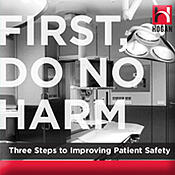 According to a 2013 survey from insurance provider AIG, negative organizational culture is the number one barrier to patient safety in the healthcare industry. While preventable medical errors is the third leading cause of death in the U.S., it is also one of the highest expenses for healthcare providers –“half of every dollar spent on healthcare costs is related to a medical error,” said Emily Rinehart, a registered nurse and vice president and division manager for healthcare risk consulting at AIG.
According to a 2013 survey from insurance provider AIG, negative organizational culture is the number one barrier to patient safety in the healthcare industry. While preventable medical errors is the third leading cause of death in the U.S., it is also one of the highest expenses for healthcare providers –“half of every dollar spent on healthcare costs is related to a medical error,” said Emily Rinehart, a registered nurse and vice president and division manager for healthcare risk consulting at AIG.
There are three main ways company culture can impact patient safety:
- Staff buy-in – How committed is your workforce?
- Communication breakdown – Is your medical staff communicating patient care effectively?
- Compliance vs. commitment – Are you more interested taking disciplinary action or correcting the problem?



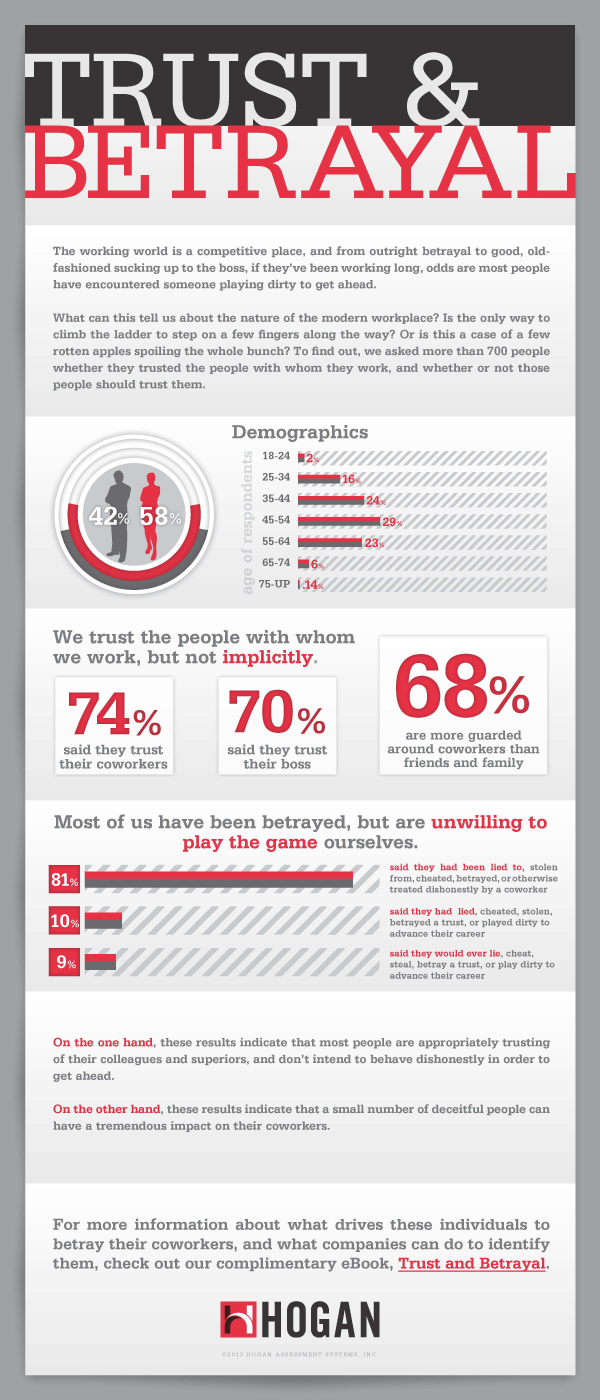
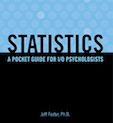 In the world of I/O Psychology, we are often presented with statistical results on a daily basis. Although useful, this can be a problem if we don't understand how to interpret results presented to us or know what questions we should ask to make sure those results are accurate.
In the world of I/O Psychology, we are often presented with statistical results on a daily basis. Although useful, this can be a problem if we don't understand how to interpret results presented to us or know what questions we should ask to make sure those results are accurate.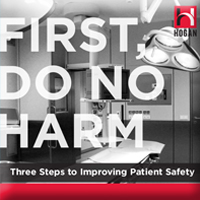 First, do no harm – a phrase typically associated with the Hippocratic oath medical students take before transitioning into a licensed professional. While nurses and doctors pledge to uphold the highest standard of medical care possible, in corporate healthcare, some aspects of patient safety fall through the cracks.
First, do no harm – a phrase typically associated with the Hippocratic oath medical students take before transitioning into a licensed professional. While nurses and doctors pledge to uphold the highest standard of medical care possible, in corporate healthcare, some aspects of patient safety fall through the cracks.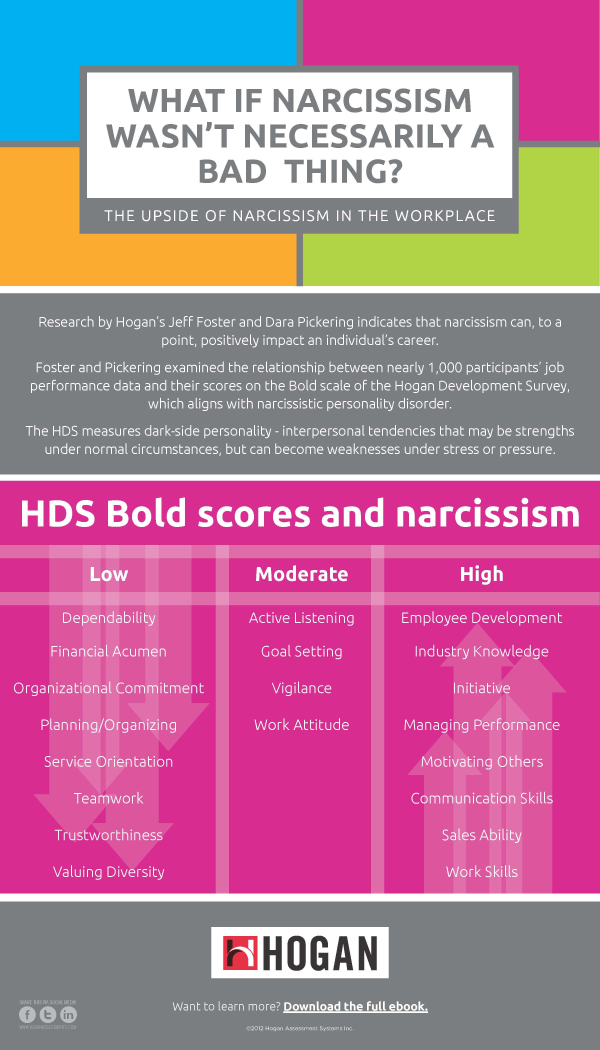
 Is there such a thing as being too creative? Although creativity is largely associated with positive work outcomes, our research shows that, in excess, creativity can be a powerful roadblock to career success.
Is there such a thing as being too creative? Although creativity is largely associated with positive work outcomes, our research shows that, in excess, creativity can be a powerful roadblock to career success.